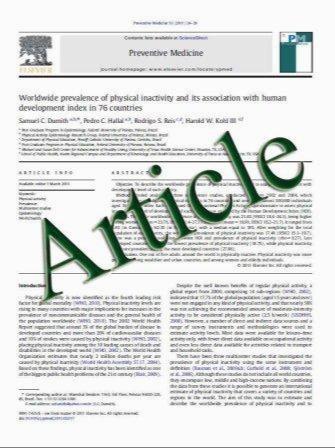Protective effects of haloperidol and clozapine on energy-deprived OLN-93 oligodendrocytes
- نوع فایل : کتاب
- زبان : انگلیسی
- مؤلف : Johann Steiner • Zolta´n Sarnyai • Sabine Westphal • Tomasz Gos • Hans-Gert Bernstein • Bernhard Bogerts • Gerburg Keilhoff
- چاپ و سال / کشور: 2011
Description
Magnetic resonance imaging and postmortem studies on schizophrenia provided evidence for compromised myelin integrity and reduced numbers of oligodendrocytes, which may worsen during the disease course. However, it is not clear whether these findings result from disease-inherent oligodendrocyte degeneration or side effects of antipsychotic treatment. Therefore, effects of haloperidol and clozapine on the viability and apoptosis of immature oligodendrocytes (OLN-93 cells, immunopositive for NG2, Olig1, Olig2) have been evaluated in the present study by labeling with propidium iodide and a caspase 3 assay. Given the indications for impaired cerebral energy supply in schizophrenia, a serum and glucose deprivation (SGD) model was chosen in comparison with the basal condition (BC). SGD led to increased necrotic and apoptotic cell death. Haloperidol and clozapine were partially protective in this model and reduced the percentage of propidium iodide–positive cells, while caspase 3 activity was not altered. No significant drug effects were observed under BC. The observed protective effects of haloperidol and clozapine on energy-deprived OLN-93 oligodendrocytes suggest that previously reported reductions in oligodendrocyte density in schizophrenia are rather disease related than a side effect of medication. A new mechanism of antipsychotic action is suggested, which may help to establish new oligodendrocyte-directed therapies of schizophrenia.
Eur Arch Psychiatry Clin Neurosci DOI 10.1007/s00406-011-0197-3, Received: 30 November 2010 / Accepted: 1 February 2011


